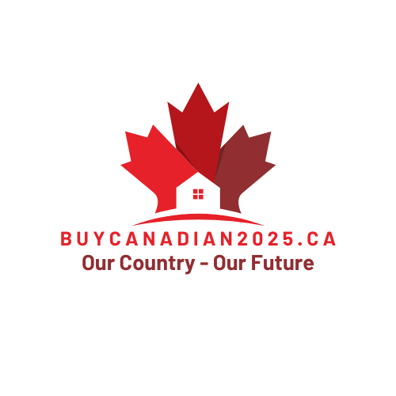How to Identify If a Product Is Truly Canadian


Why Buying Canadian Matters
Supporting Canadian-made products strengthens the local economy, preserves jobs, and upholds ethical and environmental standards. However, many products marketed as Canadian may actually be produced or sourced from other countries. This guide will help you verify whether a product is truly Canadian using barcodes, company background checks, and certification labels.
1. Understanding Barcodes: Does ‘Made in Canada’ Start with a 6?
One of the easiest ways to identify a Canadian product is by examining its Universal Product Code (UPC) barcode.
Canadian barcodes typically start with 6 (e.g., 060-069).
However, a barcode alone does not confirm Canadian manufacturing. It only indicates that the company is registered in Canada—the product itself could still be made elsewhere.
How to Use Barcode Information Effectively:
✅ If the barcode starts with 6, research the company further.
✅ Look for a clear “Made in Canada” label.
✅ If the product states “Made in China” or another country, even with a Canadian barcode, it is imported.
For extra verification, use barcode lookup websites like GS1 Canada to check product details.
2. Researching the Company’s Background
A company may be headquartered in Canada but manufacture its products elsewhere. To confirm if a business is truly Canadian, follow these steps:
Check the Company’s Website:
🔹 Look for an “About Us” or “Our Story” section.
🔹 Check for details about manufacturing locations (Canada vs. overseas).
🔹 Avoid misleading terms like “Designed in Canada”—this does not mean the product was made in Canada.
Search for Ownership Information:
🔹 Use Canadian business directories (e.g., Canada’s Business Registries) to see if the company is Canadian-owned.
🔹 Check if the company is listed on Canadian stock exchanges (e.g., TSX).
🔹 Read online reviews—consumers often reveal if a company falsely markets itself as Canadian.
3. Recognizing Official ‘Made in Canada’ Certification Labels
Government and third-party certifications provide reliable proof that a product is genuinely Canadian-made. Here are key labels to look for:
Certified ‘Product of Canada’ & ‘Made in Canada’ Labels (Regulated by the Government of Canada)
✔ ‘Product of Canada’ – At least 98% of the product’s contents must be sourced from Canada.
✔ ‘Made in Canada’ – At least 51% of production costs (manufacturing, processing) must occur in Canada.
✔ ‘Assembled in Canada’ – The product was put together in Canada, but some materials may be imported.
Trusted Third-Party Certifications:
✅ Canadian Organic Certification (For organic food products)
✅ CSA Certification (For electronics, appliances, and safety equipment)
✅ Canada Beef, Dairy Farmers of Canada, or Egg Farmers of Canada Logos (For food & agricultural products)
✅ Forest Stewardship Council (FSC) Canada (For sustainable paper and wood products)
These certifications ensure that products meet strict Canadian regulations and quality standards.
4. Look for ‘Made in Canada’ Disclosures on Packaging
Most Canadian-made products clearly indicate their origin on the label or packaging. However, some companies use misleading language, such as: ❌ “Packed in Canada” – The product was packaged in Canada, but ingredients may be imported.
❌ “Distributed by [Canadian Company]” – The company may be Canadian, but the product could be foreign-made.
Always check for a direct statement like “Made in Canada” or “Manufactured in Canada” rather than vague wording.
Final Thoughts: Be a Smart Canadian Shopper!
Identifying truly Canadian products is essential for supporting local businesses and strengthening the economy. By checking barcodes, researching companies, looking for certification labels, and using trusted directories, you can make informed decisions and avoid misleading branding.
Whenever possible, choose Canadian-made to ensure quality, ethical production, and economic sustainability. 🇨🇦


